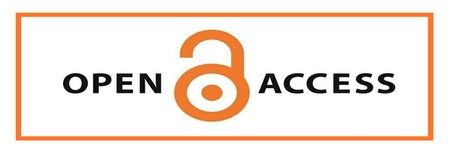TEXTUAL PATRIARCHY: A CRITICAL STUDY OF MAJEED’S GIFT TO THE BRIDE
Keywords:
Tohfa-e-Dulhan, Majeed’s ‘Gift to Bride’ , Islamic law (Sharia)Abstract
One of the key aspects of the paper is its interrogation of how patriarchal norms and religious ideologies intersect to censor and control women's behaviour and agency. Through a critical reading of "Tohfa-e-Dulhan," the paper seeks to unravel the ways in which women are depicted, restricted, and subjugated within the text, shedding light on the broader systems of oppression that operate within society. The analysis of "Tohfa-e-Dulhan" offers valuable insights into the intersection of patriarchal and religious hegemony within historical texts, particularly in the context of 19th-century India. By examining the socio-political and religious landscape of the time, the paper aims to uncover the underlying power dynamics and ideologies that shape the portrayal of women and their activities in the text. Furthermore, by contextualizing the text within its historical milieu, the paper provides a nuanced understanding of the socio-political forces at play during the 19th century in India. Overall, the paper offers a critical perspective on "Tohfa-e-Dulhan" and similar texts, highlighting the need for continued examination of the ways in which patriarchal and religious ideologies intersect to shape gender relations and perpetuate systems of oppression. Through this analysis, the paper contributes to ongoing conversations about gender, power, and representation in literature and society.
Downloads
Downloads
Published
How to Cite
Issue
Section
License

This work is licensed under a Creative Commons Attribution-NonCommercial 4.0 International License.








